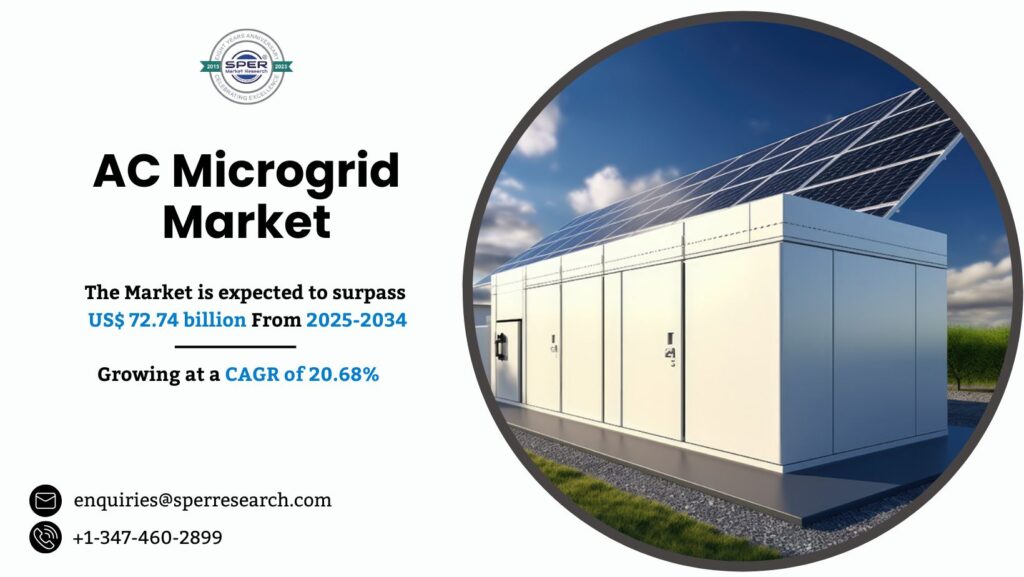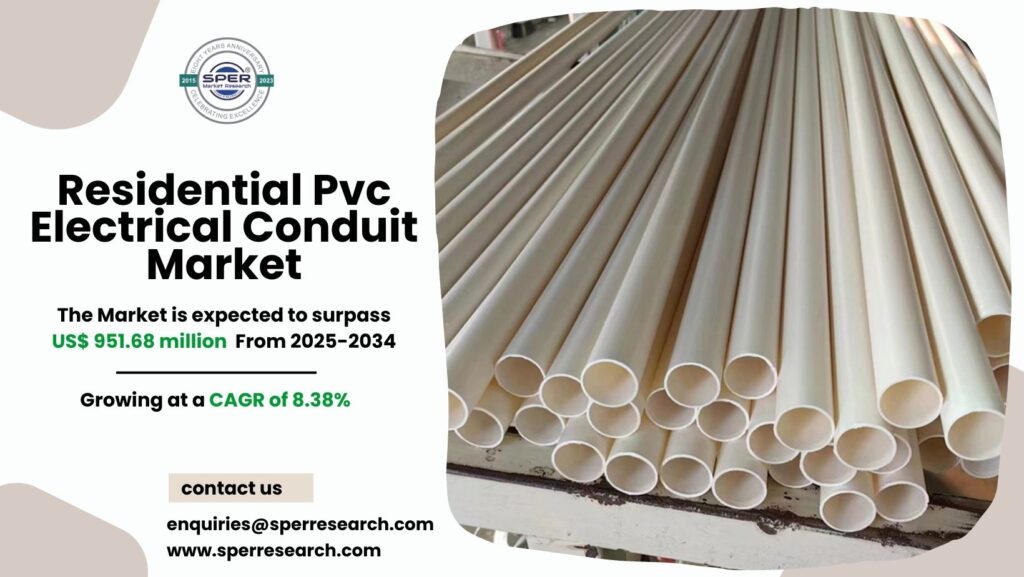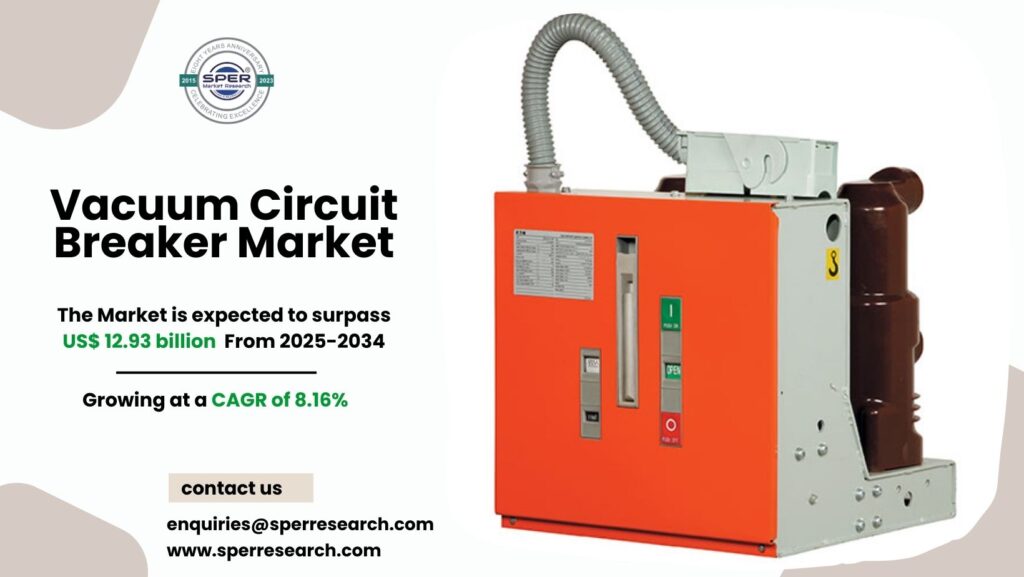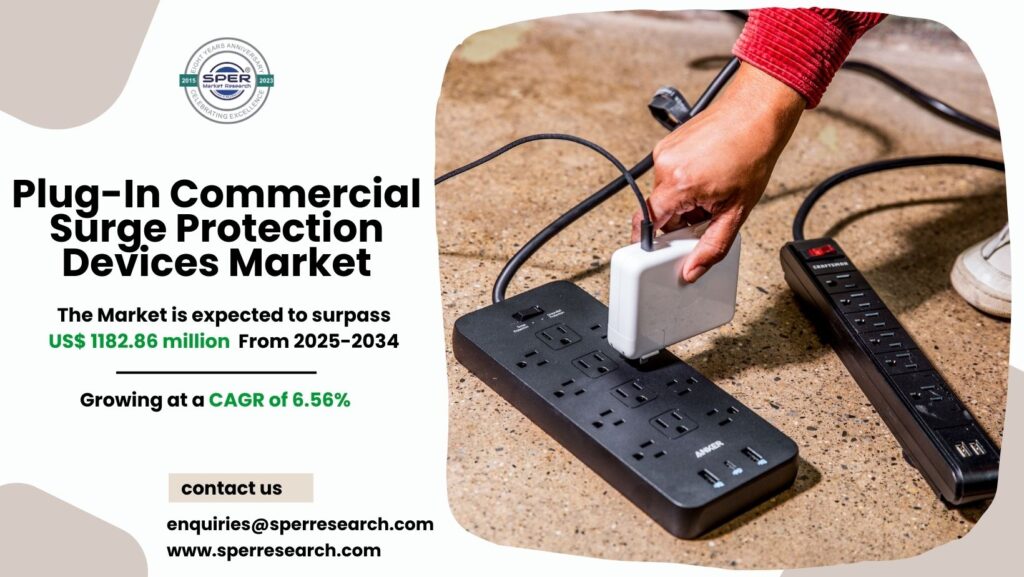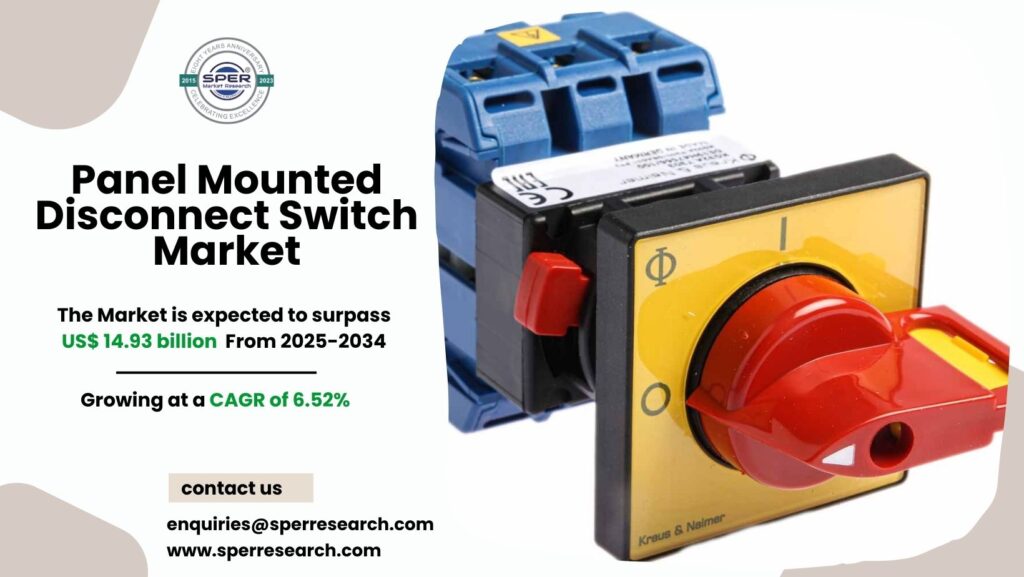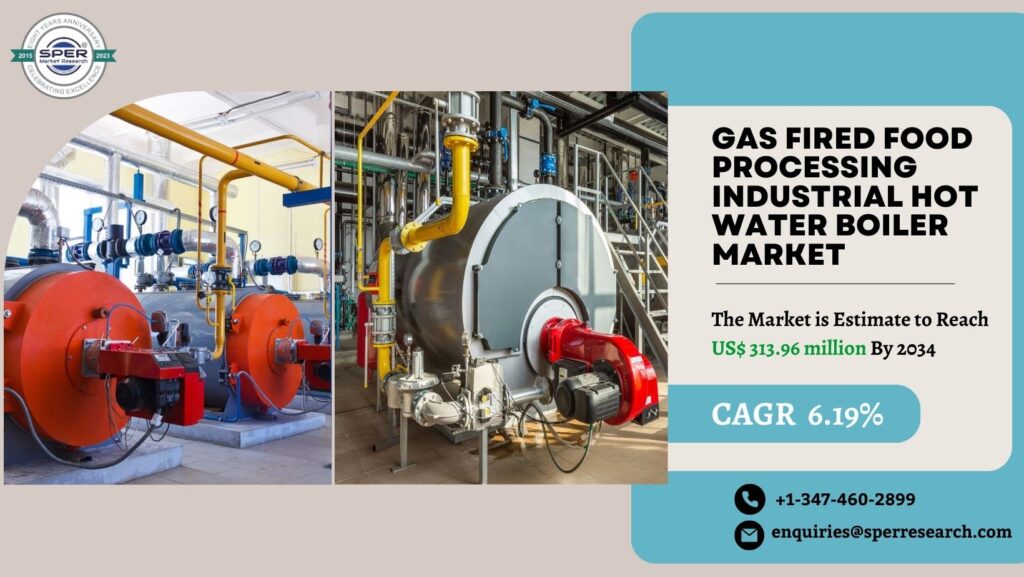An AC microgrid is a localized electrical system that delivers alternating current (AC) electricity to users, either operating independently or connected to the main power grid. It combines multiple energy sources, including renewables, energy storage, and traditional power, to ensure a stable and dependable power supply. AC microgrids improve energy resilience by enabling flexible operation during outages or peak demand, providing uninterrupted electricity. They also allow bi-directional energy flow, letting users share or sell excess power back to the grid.
According to SPER market research, ‘Global AC Microgrid Market Size- By Connectivity, By Power Source, By Storage Device, By Application – Regional Outlook, Competitive Strategies and Segment Forecast to 2034’ state that the Global AC Microgrid Market is predicted to reach 72.74 Billion by 2034 with a CAGR 20.68%.
Drivers:
The AC microgrid market is growing due to several important factors. A rising need for dependable and resilient power, particularly in areas vulnerable to outages and remote locations, is a primary driver. Rapid urbanization and industrial growth increase demand for efficient energy distribution. Advances in power electronics, energy storage, and smart grid technologies improve AC microgrid performance and affordability. Furthermore, favorable government policies, renewable energy incentives, and growing environmental awareness support decentralized energy solutions, creating strong opportunities for market growth and innovation.
AC Microgrid Market Sample in PDF Format, Click Here
Restraints:
The AC microgrid market encounters various challenges that may slow its growth. High upfront costs and the complexity of integrating with existing grid systems can discourage adoption. Technical difficulties such as maintaining stability, managing energy storage, and addressing cybersecurity concerns also present obstacles. Regulatory barriers and varying policies across regions create uncertainty for investors and developers. Moreover, a shortage of skilled professionals and limited awareness of microgrid advantages can hinder market expansion and adoption.
The Asia Pacific AC microgrid market is set to grow significantly, propelled by rapid urbanization, industrial expansion, and increasing populations in remote and rural regions, all of which are boosting the demand for dependable and sustainable energy access. Some significant market players are Advanced Microgrid Solutions, Caterpillar Inc., Delta Electronics, Inc., Eaton Corporation, Enel X, EnSync Energy Systems, General Electric Company.
For More Information, refer to below link: –
Related Reports:
Middle East Cables Market Growth
Asia Pacific Geophysical Services Market Size
Follow Us –
LinkedIn | Instagram | Facebook | Twitter
Contact Us:
Sara Lopes, Business Consultant — USA
SPER Market Research
enquiries@sperresearch.com
+1–347–460–2899
